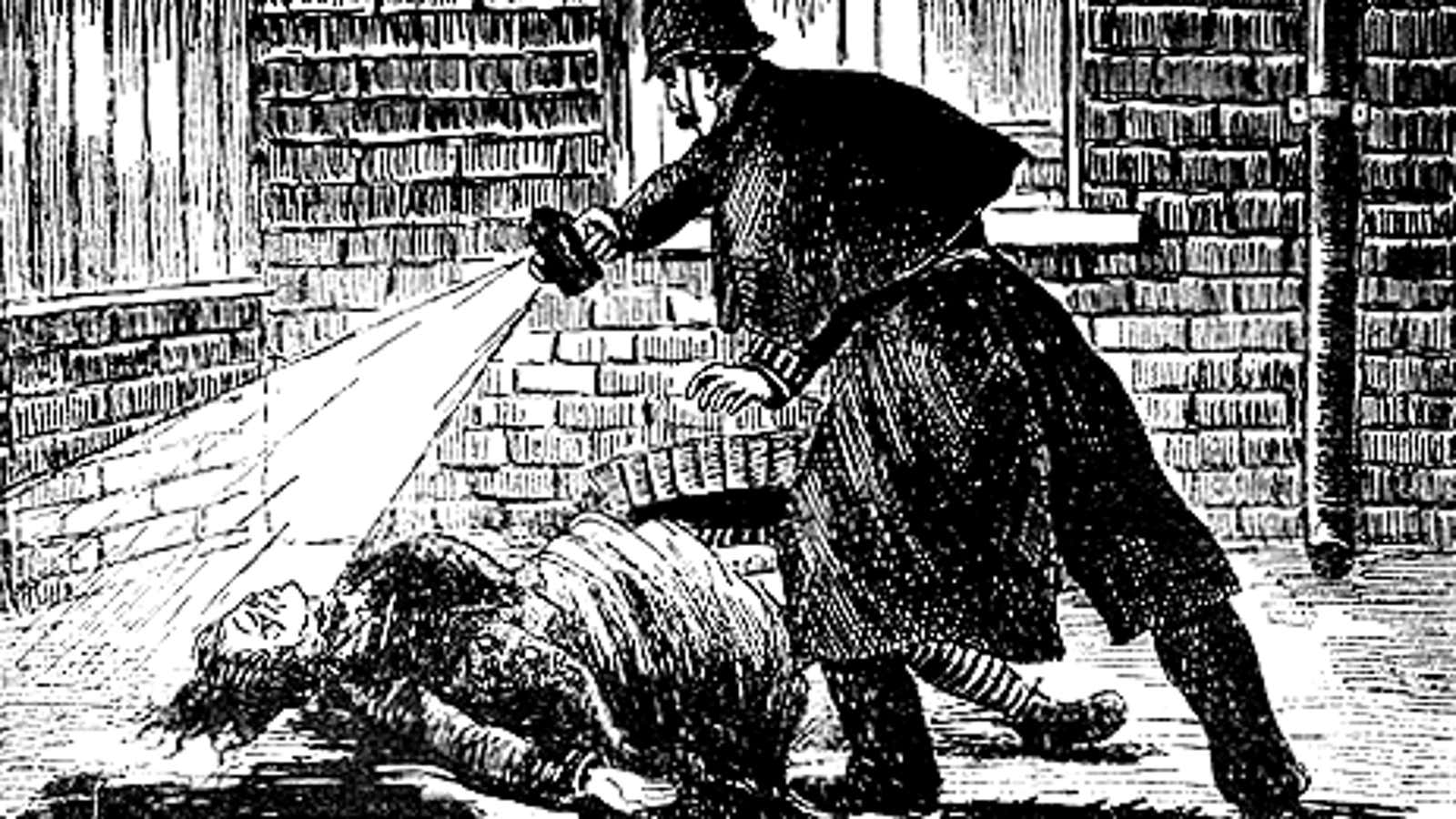Posts of violent crimes have become an unfortunately common online phenomenon. The latest example was a video of the murder of 74-year-old Cleveland, Ohio resident Robert Godwin Sr., which was shared with the whole world via Facebook by Steve Stephens; he claimed the killing was a communication to his girlfriend.
Naftali Garcia Berrill, who heads New York’s Center for Neuropsychology and Forensic Behavioral Psychology, says criminals want to communicate with the public and always have. ”By broadcasting crime as perverse entertainment, like television, the perpetrators are elevated to a god-like status, taking life and captivating the public,” he told Quartz.
Indeed, Stevens continued posting live updates after the murder, claiming he killed 15 other people. Although no other bodies or evidence of this supposed killings were found, Stevens’ online activity kept police in Cleveland busy and somewhat distracted from the manhunt for Stevens himself. The search is now national and there is a $50,000 reward for information leading to his capture.
Most technological advancements are double-edged swords, Berill says, and social media platforms are no exception. He believes electronic exchanges exponentially exacerbate existing tendencies. The public has always been fascinated by gruesome oddities—hence the carnival barkers of yesteryear who promised freaky delights within the tents—and criminals have long sought to communicate their terrifying acts to a titillated public.
Jack the Ripper in the UK wrote letters to police and the media in the 1880s and the Zodiac Killer in the US contacted cops and press in the the late 1960s and early 1970s, for example. But revelation in the 21st century is different because of the tools available. The ability to broadcast so widely and reach so many people so quickly is “creating a perfect storm of amplification,” according to Berrill. ”Social media allows the most sadistic form of attention-seeking to be rewarded, giving people who feel depressed, vengeful, or paranoid—some of whom may be mentally ill—a platform unlike before.”
The internet has a psychological effect on everyone who uses it, not just the mentally ill. At least in part that’s because it’s such an abstract mode of exchange. The absence of physical contact between people mutes the consequences of communication online, according to psychologists. Electronic exchange is less energetically and emotionally taxing than face-to-face interaction, studies show. All the cues hidden in tics and gestures and tone, which, in person, we read in real time, are eliminated. As a result, online engagements have a different, and arguably diminished, influence on our brains than real-world exchanges.
The physically isolating aspect of social media makes it easy to disconnect from the consequences of posts, psychologist Michele Nealon Woods of the Chicago School of Professional Psychology told CNN. The extent of the new platforms’ influence on our interactions isn’t yet fully understood and is still evolving. From a psychological perspective, “it has been a major, really disruptive innovation in our lives,” she said.
Don’t expect an end to the grim, violent trend anytime soon. Berrill believes there’s more to come and that the more attention these gruesome tendencies get, the more violence we’ll see. ”It’s a new and terrible carnival freak show and we’re all participating,” the psychologist says.
That, however, puts us all in the position of having to make an impossible decision. We can’t ignore what’s most terrifying in society, yet by paying attention we also justify and perpetuate online crime posts.
